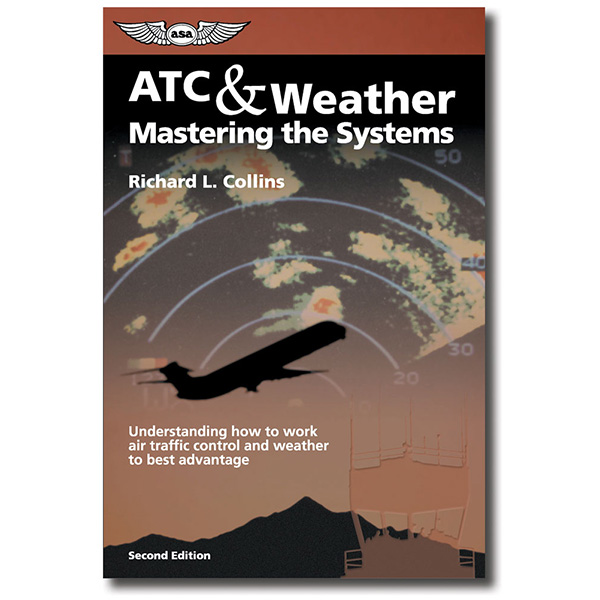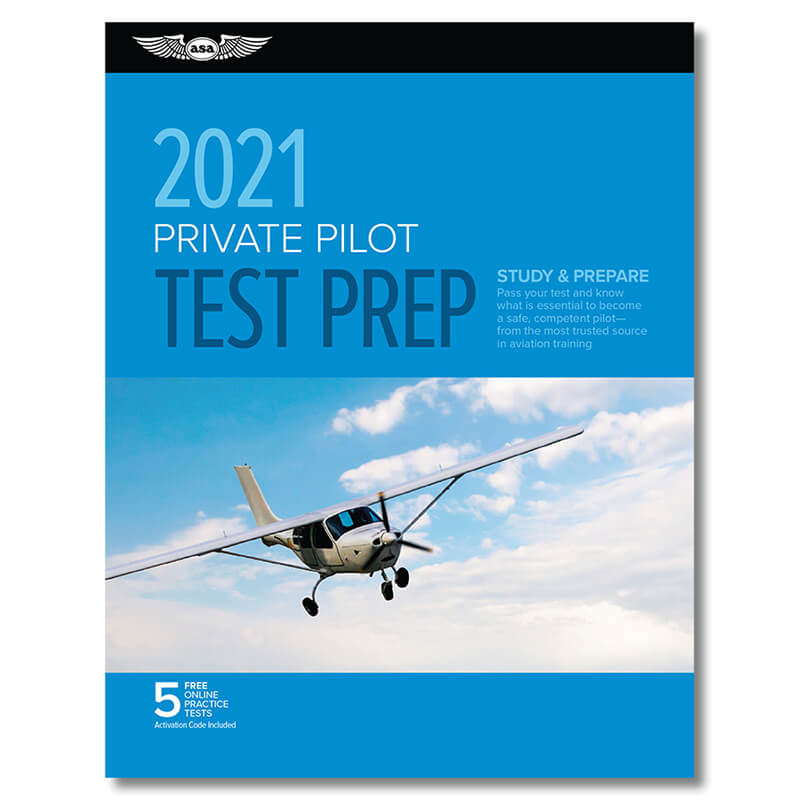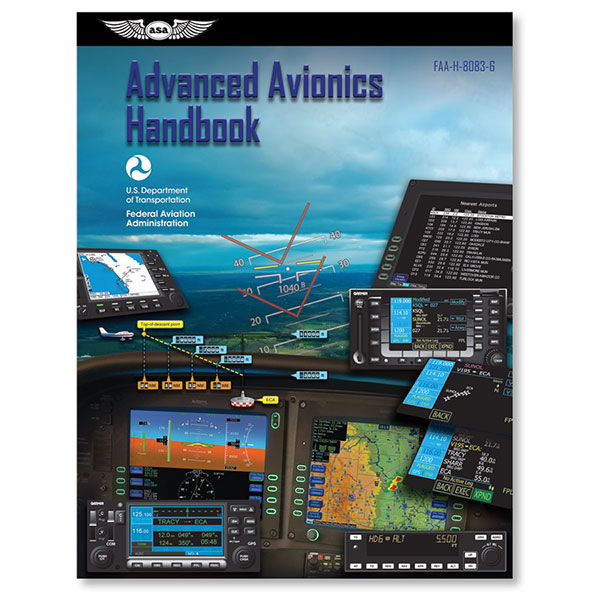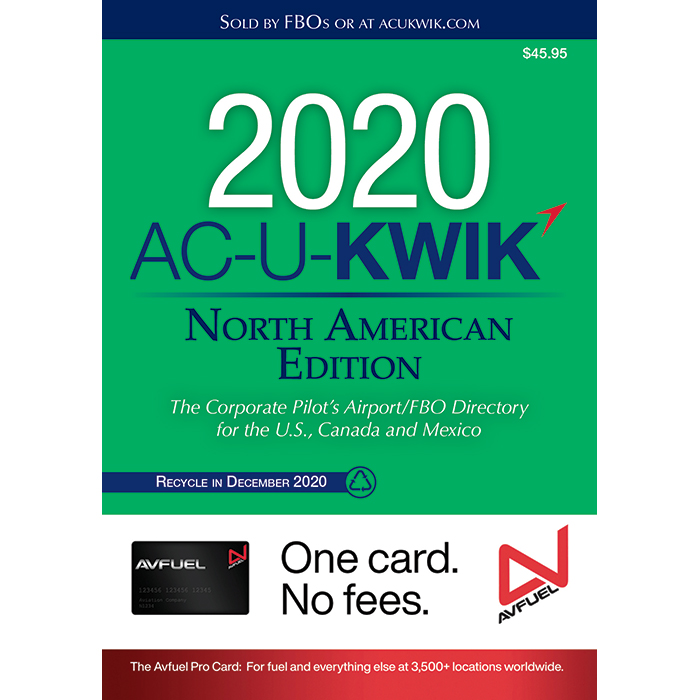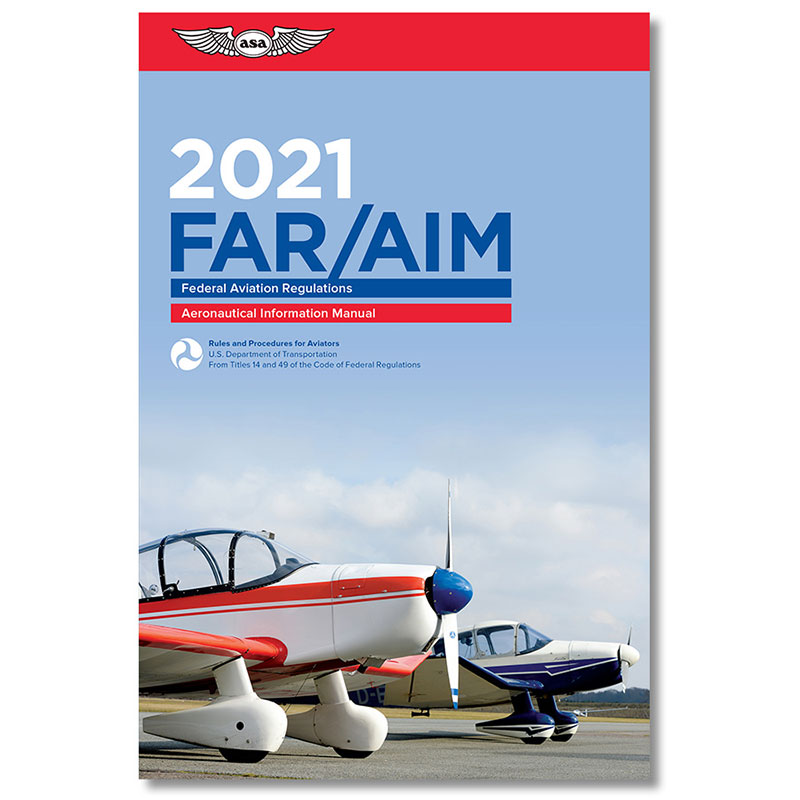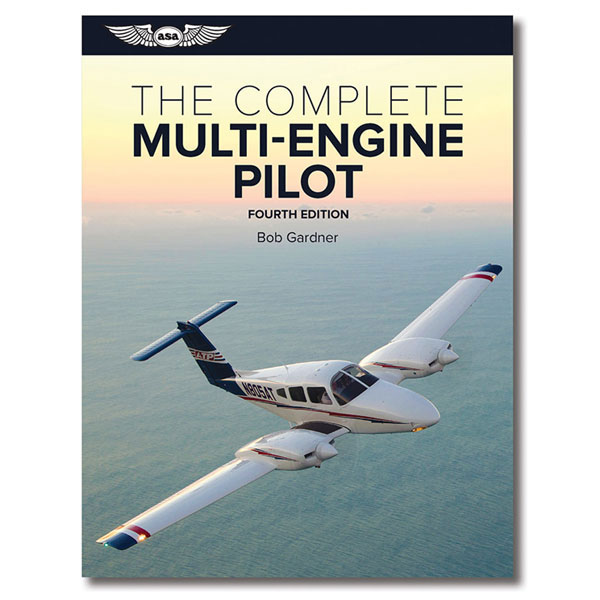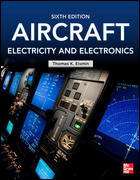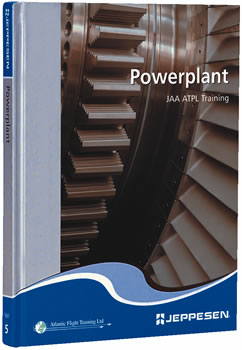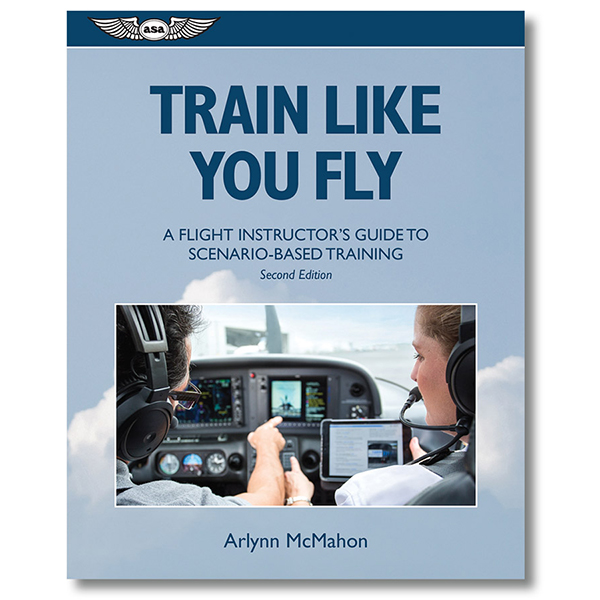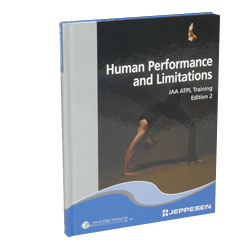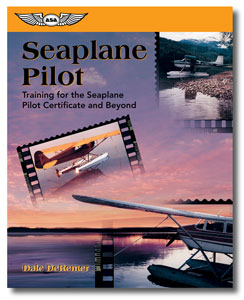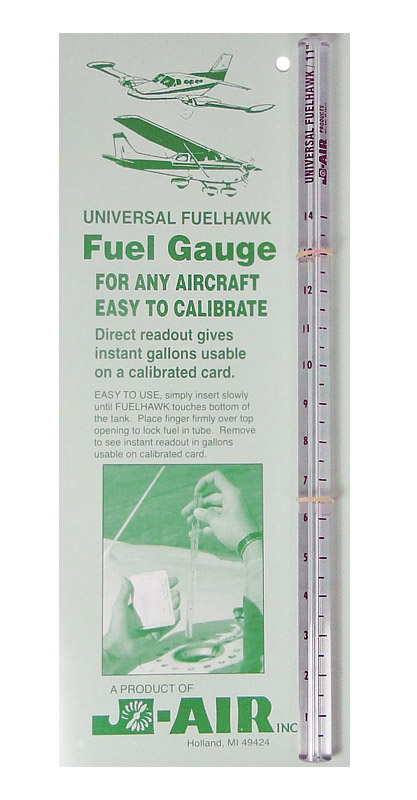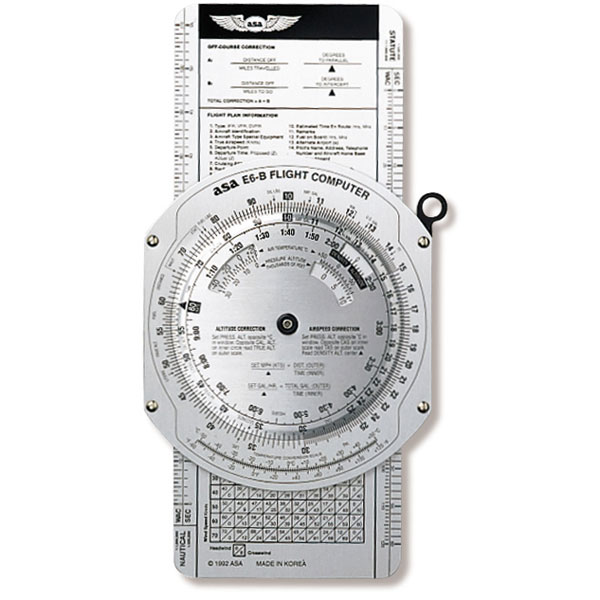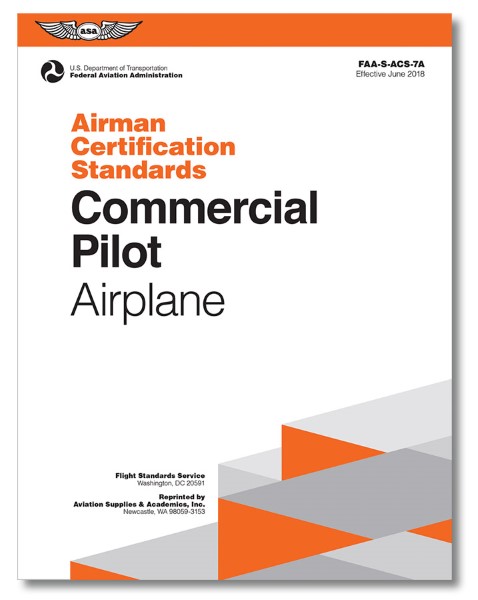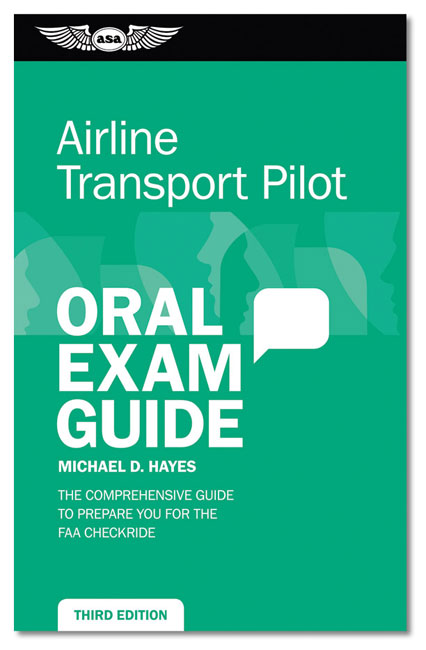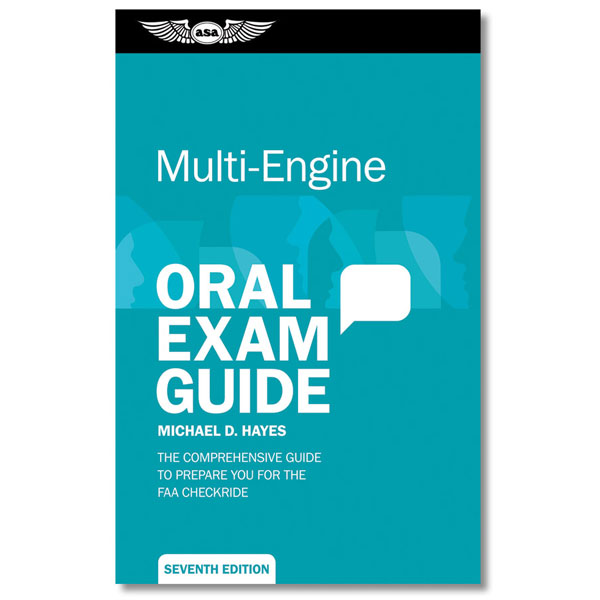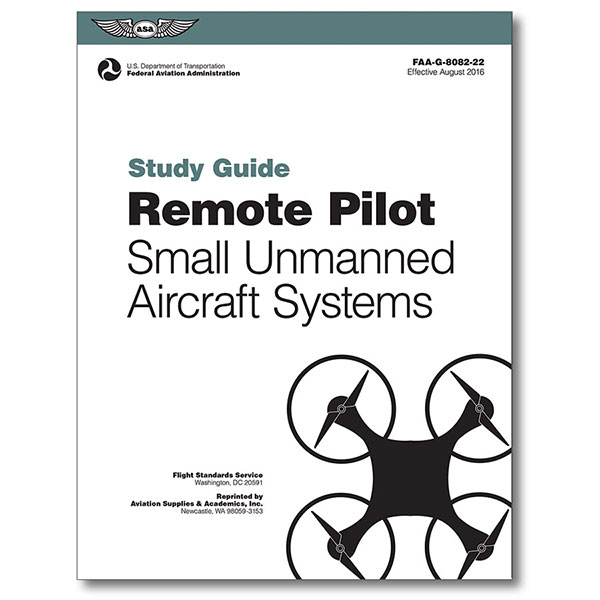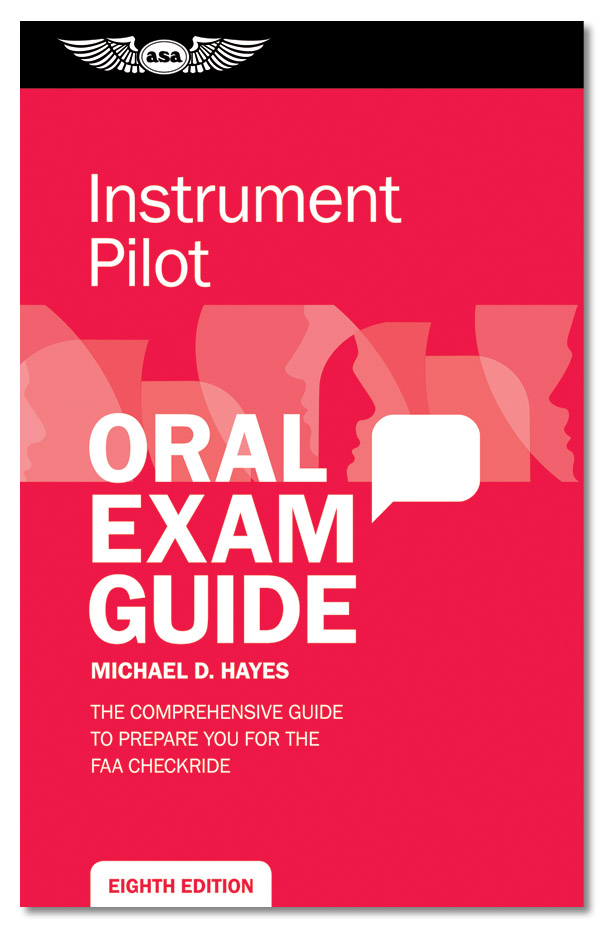Atc & Weather: Mastering The Systems
Артикул: 13-02356
3888 3240 руб.
Наличие: – Есть в наличии у нашего поставщика. Доставка на наш склад в течение 5...6 недель после оплаты Вами заказа.
Overview
| ?There are always two systems out there ? air traffic control and weather ? and the responsibility and the challenge come from fitting the airplane into both of them as smoothly as possible.? This book's emphasis is on judgment and the interface between pilot and environment, addressing both VFR and IFR situations from flight planning on through to arrival, approach, and landing. Richard Collins explains the factors pilots need to consider when making these decisions, supplementing them with examples from personal experience and accident reports. He lays all the factors on the table so pilots have enough information to develop individual and airplane limitations. Pilots will learn exactly what they can and should ask of ATC to help them out of a mess. The author highlights and stresses the importance of negotiating the system of air traffic control and weather services to maximum advantage. The emphasis is on pilot judgment. A flight is affected by winds, storms are always a risk... and considering visibility, an area the regulations cover with a blanket rule that sets the VFR minimums in miles ? this does not take into account differences in speed and a regulation's legality does not guarantee pilot and passenger safety. Yet Richard Collins demystifies the art of aviation, guiding the pilot through common misconceptions with solid advice and accurate examples for improvement. From flight planning on through to arrival, approach, and landing, Collins encourages all pilots to be a critic of their own performance, with an example of his own flight self-analysis. A basic weather course is provided, which serves as the backbone for learning how to read the signs:
|



